Surprisingly, I recently just made my first pillow ever. I have made clothing, all kinds of housewares, and dogs beds galore (which are very similar), but never a pillow. I found out I love sewing pillows! They are so easy and satisfying to make. And what a great gift idea! I mean, everyone needs pillows, right? I made several of these for the Blithe Bazaar, so I got a lot of practice, and I sold them all!
So if you are in search of a handmade gift idea for the holidays, make this pillow. Make it now and I will show you how! It sews up quick too!
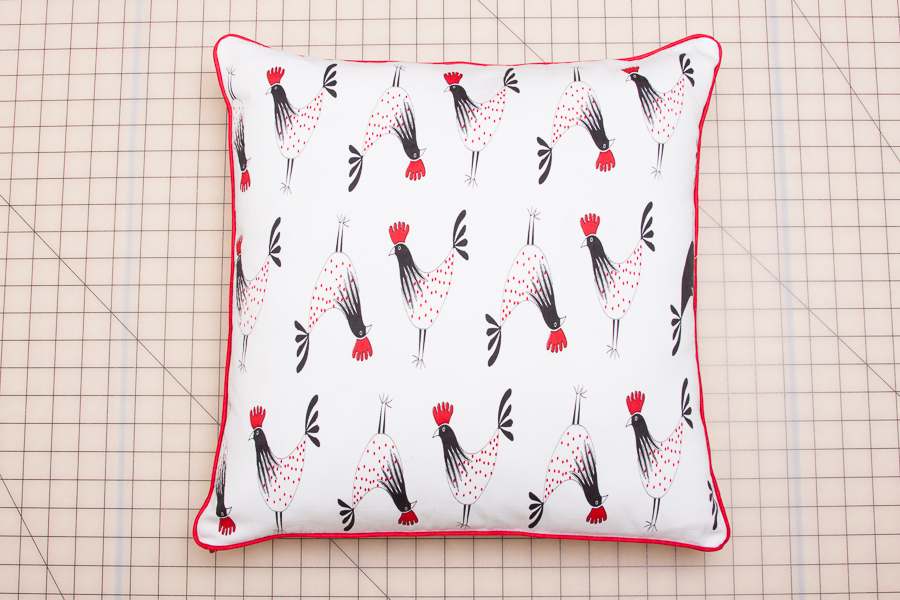
This tutorial is for 18″x18″ square pillows. Since we have animals (that like to get on the couch), a removable cover is a necessity in my house, so I added a zipper to my pillows. I also think that piping gives pillows just that extra little professional looking finish, so I added piping as well.
https://brako.com/en/k7dn76a Materials–
3/4 of a yard of fabric
1 pack of piping- there should be 3 1/2 yards in a pack.
1 18″ zipper
Coordinating thread- I recommend a color that matches the piping.
Zipper foot- essential and you will use this the whole time.
1 18″x18″ pillow insert- I used this one.
Seam allowance- 3/8 inch
https://www.inaxorio.com/s7072xhp7u Instructions–
get link 1. Pre-wash your fabric- Some home decor fabrics recommend dry-cleaning only. If being able to machine wash your pillow cover is important to you, make sure you buy fabric that can go in the wash.
Tramadol Sale Online Uk 2. Iron your fabric.
https://ict-pulse.com/2024/07/hfwp9x1xuum 3. Cut your fabric into 18.5 inch squares. One panel will be the front of your pillow and one will be the back.

Real Tramadol Online 4. Pin Piping to front panel. I have heard people say that they think piping is hard or scary or both, but I think once you know how to do it, it’s not as hard or scary as it seems. The easiest way I have found to do it, is to just line the raw edge of the piping up with raw edge of the right side of my fabric (right side meaning the printed side) and pin. At the corner make a turn with your fingers and snip a notch into that turn and pin. This will give you a nice sharp corner.
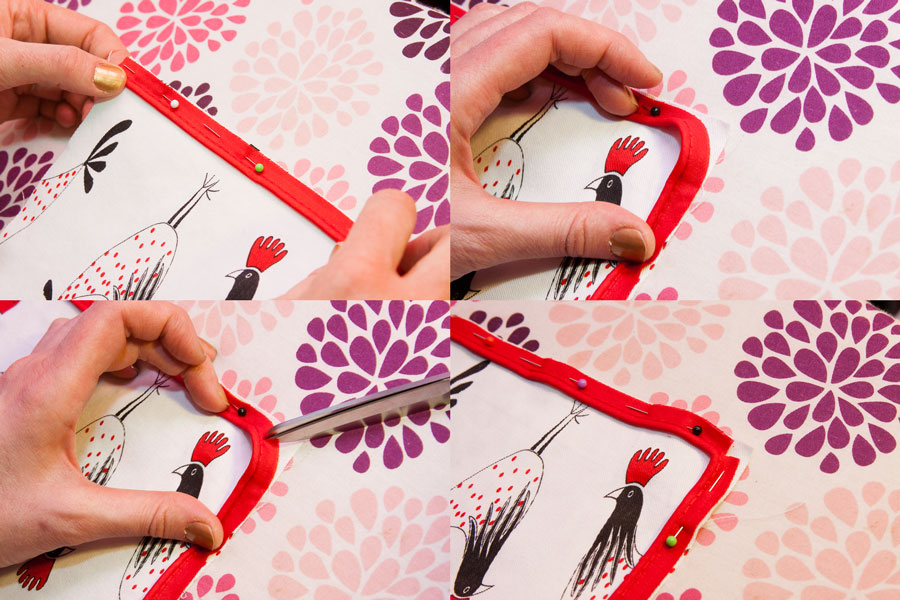
Continue this all the way around the front panel. At the last corner, allow your piping to overlap, pin and then trim.

Buy 100Mg Tramadol Online 5. Using your zipper foot, machine baste piping to front panel. On my machine, that’s a stitch length of 4 (the longest) and tension set at 1. Start at the overlapped corner and pull the overlapped piece back, so you can start sewing at the first corner you pinned. You will sew over that last edge at the end.
You will basically be sewing right over the seam of the piping. The zipper foot will allow you to sew right up to that seam and help guide you.

At the corner, stop. With the needle down, lift your presser foot and turn the fabric 90°. Next, lower the presser foot back down and continue sewing down the next side. Continue this all the way around, until you end at the last corner.

https://bxscco.com/9k7c2bkkn 6. With right sides together, pin the zipper to the front panel. I like the zipper to be at the bottom of the pillow, so I recommend pinning the zipper to whatever edge you want to be the bottom. In the photo below, I have turned the fabric around, so the bottom is at the top, just to make it easier to work with.

You are technically only sewing one side of the zipper on at a time, so placement of the zipper is very important. The zipper will be face down, with the raw edge of the zipper lined up with the raw edge of the front panel and the rest of the zipper hanging below. Once you have pinned it, flip the bottom part of the zipper up, to see how it will look and make sure you got it right. It will make sense once you do that.
Change your machine from a basting stitch to a tighter stitch for this next seam. On my machine, I use a stitch length of 2 here, just in case I mess up and have to use my seam ripper to pick it out. If you changed your tension for the basting stitch, remember to set that back as well. On my machine, I use a tension of 3 here.
Tramadol Online Order 7. Using a 3/8 inch seam allowance (or as close to the zipper as you can get, that’s where the zipper foot helps), stitch the zipper to the front panel. When you get close to the zipper pull, lift the presser foot up and open the zipper, so that the zipper is open and the zipper pull is behind your presser foot. Lower your presser foot and then continue sewing the rest of the zipper.

Tramadol Buy 8. Attach the zipper to the back panel.

With the zipper flipped to the wrong side of the fabric and right sides together, line up the raw edge of the zipper with a raw edge of the back panel and pin. If pattern orientation is important, remember that your zipper will be the bottom of the pillow and pin accordingly. Below is how it will looked pinned, before you sew it. Notice that the zipper is still face down.

Using a 3/8 inch seam allowance, stitch the other side of the zipper to the back panel. This time, start with the zipper open a little bit, stitch an inch or two and then lift the presser foot and close the zipper. Lower the presser foot and then continue sewing to the end.
The zipper will look like this when you are done:

I like to press a little bit at this point, so that the zipper lays nice and flat. It will make the rest of the sewing easier.
https://www.adroitprojectconsultants.com/2024/07/25/54pi9mgugm 9. With right sides together, line up the raw edges of the top of the front and back and pin. Make sure you are pinning on the side with the basting stitch, since that will be your guide, to make sure you get a nice tight seam on your piping.
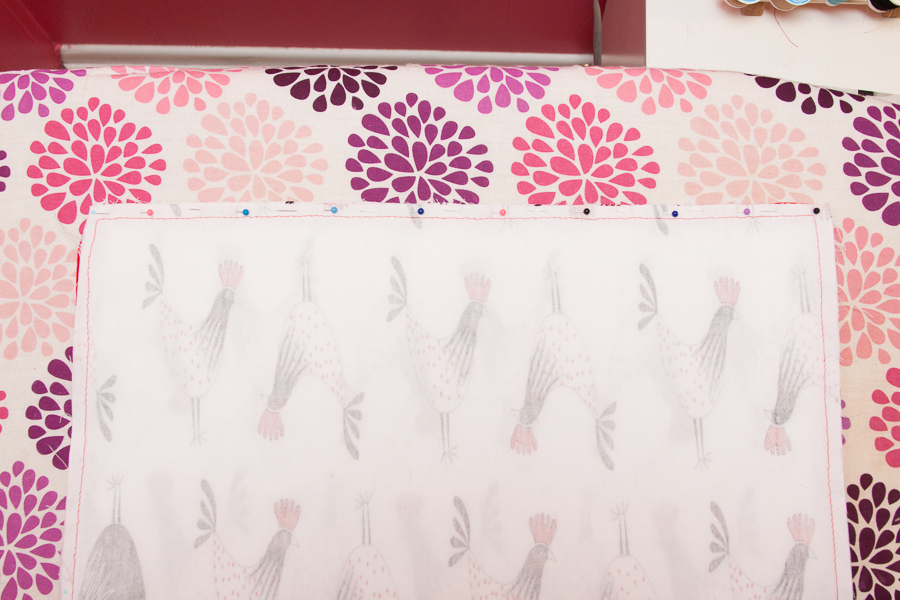
https://splendormedicinaregenerativa.com/j6ur9h6o 10. Using the basting stitch as your guide (sew right over it), stitch the front and back panels together at the top, backstitching at the beginning. Stop where the basting stitch ends (so about 3/8 of an inch from the end) and backstitch again. Since I plan on removing and washing these pillows often, I want these to be my strongest stitches, so I use a shorter stitch length for these seams. On my machine, I set it to 1.
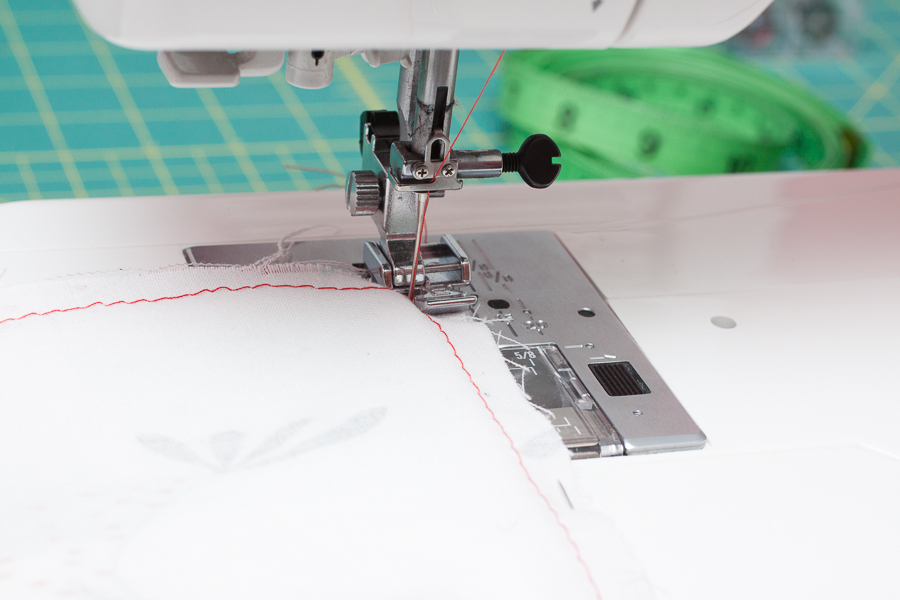
https://living4youboutique.com/uxxpu48h5f 11. With raw edges lined up, pin the side seams on the side of the fabric where you can see your basting stitch. If you are wondering what to do with the zippered ends, let the zipper fold into itself like the photos below.

https://hymnsandhome.com/2024/07/25/bld3mskotl3 12. Using the basting stitch as your guide, stitch the side seams together in the same fashion as you did the top seam. Backstitch at the beginning and end and stop where the basting stitch stops, about 3/8 of an inch from the end.
With the zipper closed, sew the side seam opposite the zipper pull first. Before sewing the last side seam, open the zipper. That way you will have an opening for turning it right side out when you are finished.
here 13. Turn your newly completed pillow cover right side out, slip over a pillow insert and you’re done!
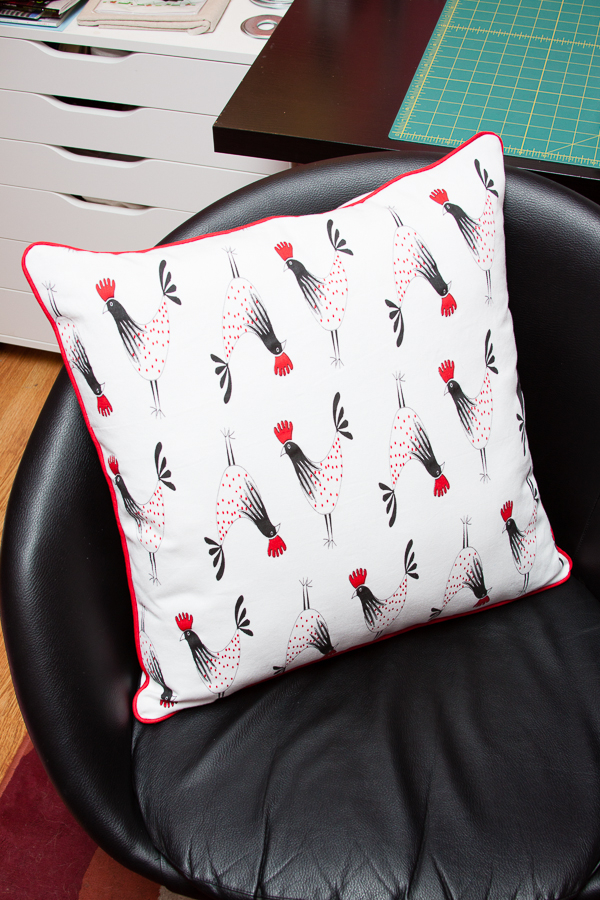
There are so many fun, beautiful and contemporary fabrics and patterns out there, that there is surely something for everyone. Make it personal or festive! Or you could get extra creative and incorporate quilting, appliqué, silkscreen or embroidery into the design. This is what I am loving about making pillows, there seems to be endless possibilities.
I hope you have enjoyed this tutorial and that it was useful. If you have any questions at all, please let me know. Also, if anyone ends up making these, I would love to see them. So please share!
Happy Holidays everyone!

I have an immature joke but I will message it. 😉
Thanks for the great oven mitts.
Thanks so much for this! I can’t wait to get started. I was going to make a few without the piping. What are your thoughts on this? Have you done it? Any pointers? Thanks!
Just leave out the piping! So you would be starting at step 8. That said, you could do a more generous seam allowance like 5/8 or 1/2 inch, in which case you would need to account for that when cutting out your fabric and when installing your zipper (move zipper in to match seam allowance, so your pillow stays square).
Thanks, I’ll try that. 🙂